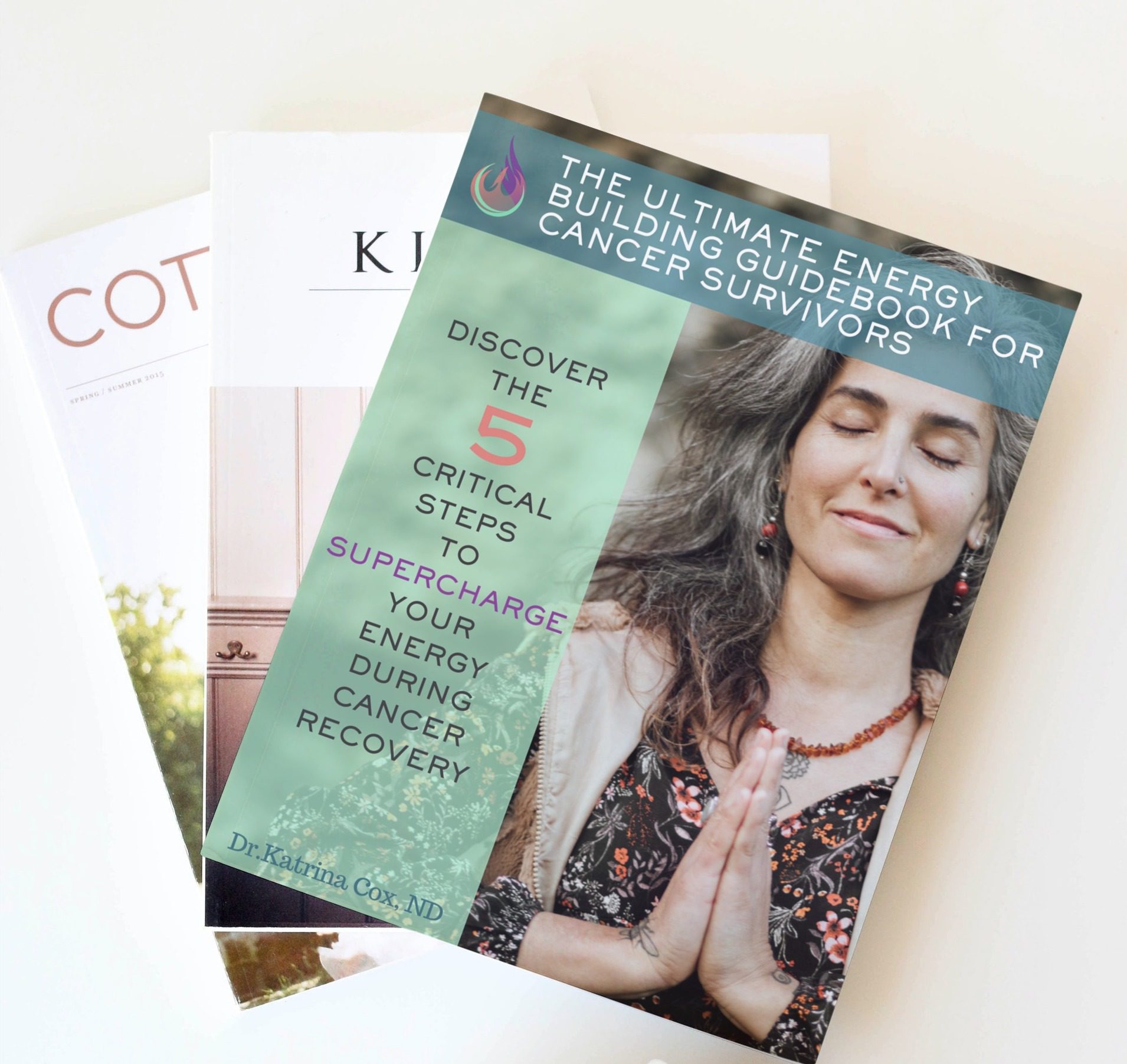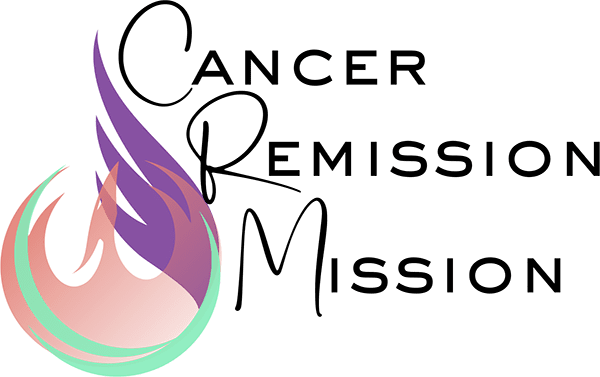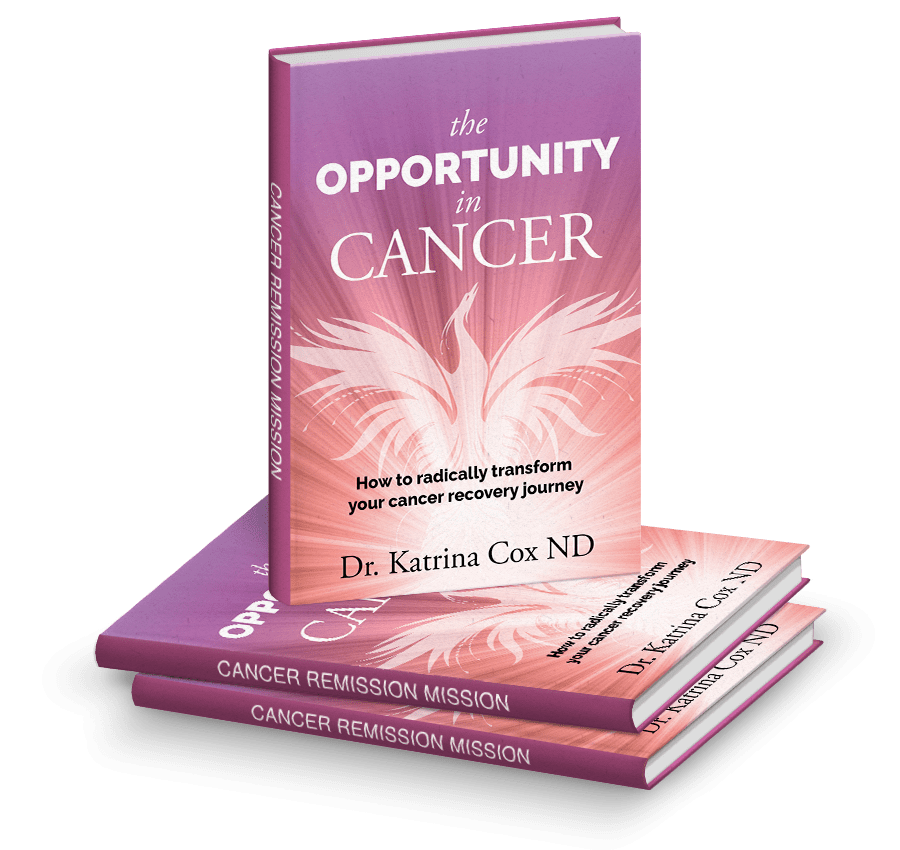Post-Cancer Treatment Fatigue
How to Create More Energy?
It can feel like a catch-22; you need more energy to do the things that will help give you more energy. That whole-body tiredness and physical exhaustion that is characteristic of post-treatment cancer fatigue is, ironically, a barrier to improving energy levels.
Side effects of cancer therapy sometimes result in poor nutritional intake and weight loss. Paired with decreased physical activity and exercise, many cancer patients experience muscle loss. As a result, the body becomes weak, and even a little activity can cause extreme fatigue.
Cancer fatigue is an incredibly common occurrence for cancer patients, even after remission. In my previous blog posts, I talked about the roadblocks to overcoming this extreme tiredness, namely nutritional deficiencies, and also our mental health, such as anxiety and the emotional distress of the cancer diagnosis. In this post, I will share some helpful advice for cancer survivors who experience fatigue, and how to start creating more energy for yourself to escape the hold that cancer fatigue has on your quality of life.
In order to start thriving, the first step is usually to look at the things that have the biggest impact, and create the most energy for every cell in the body. The powerhouses of our cells are the mitochondria. The mitochondria really love oxygen, and oxygen helps them to produce more energy for the body.
So how do we bring more oxygen into our bodies?
Breathwork Exercises
A basic starting point is breathing exercises. There are lots of breathing exercises that can help get more oxygen into our cells. It doesn’t matter the state of a cancer survivor, whether they can get out of a chair, or whether they can’t, just working on breathing exercises will give us more energy. To make it simple, try including breathwork in your daily activities. Maybe commit to taking 3 deep breaths, in and out, before you stand up at any point throughout the day. Or, instead, try doing deep belly breathing, before even getting out of bed in the morning as part of your daily routine. Place your hands on your belly to feel the rise and fall with every inhale and exhale. These short periods of deep breathing may not feel like much, but it certainly adds up over the course of the day. The best part is that breathwork is part of many relaxation techniques, which can also be helpful if you struggle with post-treatment anxiety as well.
Short Interval Exercising
The second way to create energy and get more oxygen to those powerhouses, our mitochondria, is through physical activity or exercise. Research has shown that 30% of cancer-related fatigue can be addressed just simply through exercise. A recent study, that I’m so excited about, found that it doesn’t matter if you do all the exercises together for 30 minutes, or whether you do 3 minute intervals, 10 times a day. Both will get you where you need to go. If you can simply get out of your chair and walk up and down your steps 3 times, the energy that you can create for yourself is going to be fantastic.
The reason I think this finding is so valuable, is that it allows individuals to listen to their bodies, rest when they need to rest for energy conservation, and still do the exercise needed to help them improve their physical fatigue.
Even light exercises when you are having a rough day are beneficial. Remember, don’t try to do too much all at once. In time, strength training will also help to rebuild some of the muscle mass lost during treatment. However, it doesn’t need to be added to your physical activity plan until your exercise tolerance improves a bit.
A healthy diet and drinking plenty of fluids also play a role in improving exercise tolerance, so be sure to focus on eating and drinking water throughout the day too.
If your cancer diagnosis or treatment has left you with secondary health conditions that make it challenging to find safe and appropriate exercises, you might benefit from working with an occupational therapist or a physical therapist. They can offer suggestions for exercises tailored to your needs.
How John Improved his Energy Through Exercise
John was a 70-year-old father and grandfather. He suffered from chronic lymphocytic leukemia. It was great news when he went into remission, except he had a crippling level of fatigue that wouldn’t allow him to get out of his chair easily.
John wanted to play with his grandchildren in his backyard as he once did. Other than sitting on a chair watching life go by, he was struggling with low energy levels. So what we worked on with John was building a plan that made sense for him. As a 70-year-old, we had to make sure that he wasn’t in danger of falling or feeling faint. Safety is always a priority! We started with one-minute chunks, and we did them every hour. We were able to get him up and he’d walk around his chair a few times and then sit back down. Over the course of his first day, he was able to accomplish 10 minutes of exercise.
After consistently including exercise each day, and increasing the duration, John was eventually able to do a 5-kilometer walk with his kids to raise money for cancer research. It was a wonderful moment! John really transformed into a thriver and demonstrated that a little done consistently can have a BIG impact!
So, if you’d like to be like John and transform from being a cancer survivor and address your cancer levels of fatigue, it doesn’t matter where you start. Just simply work on breathing and exercise, and your body will get more oxygen than you can imagine.
Are you struggling with fatigue and not sure where to start? Click here to access your free copy of The Ultimate Energy Building Guidebook for Cancer Survivors. Inside you will find the 5 Critical Steps to SUPERCHARGE your Energy during Cancer Recovery and tons of detailed information to get started.


